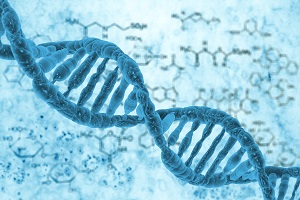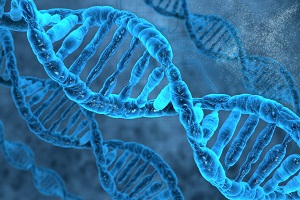The papillomavirus has repercussions on the weight of the children at birth, even two years after the infection. Women who have suffered, have 50% more chance of giving children underweight. This is revealed by a study led by the University of South Africa.
The researchers analyzed the pap-test of nearly 32,000 women. They thus identified a link between the presence of precancerous cells and underweight births. Positive women in HPV tests had 20% more chance of giving birth to small children. The risk rose to 50% if only children under 1500 grams were considered.
Underweight children have a higher mortality rate than the average. They also risk experiencing learning and behavioral problems later in life. According to the researchers, there is also the risk that viral papillomas penetrate the placenta. If so, it could compromise fetal development and aggravate the baby's condition.
This study confirms the importance of the vaccine against papilloma virus. The vaccine is recommended for both teenagers and their male peers. It is also important that women undergo regular tests to detect possible infections at birth.
Source: medicalxpress.com
Add a comment





